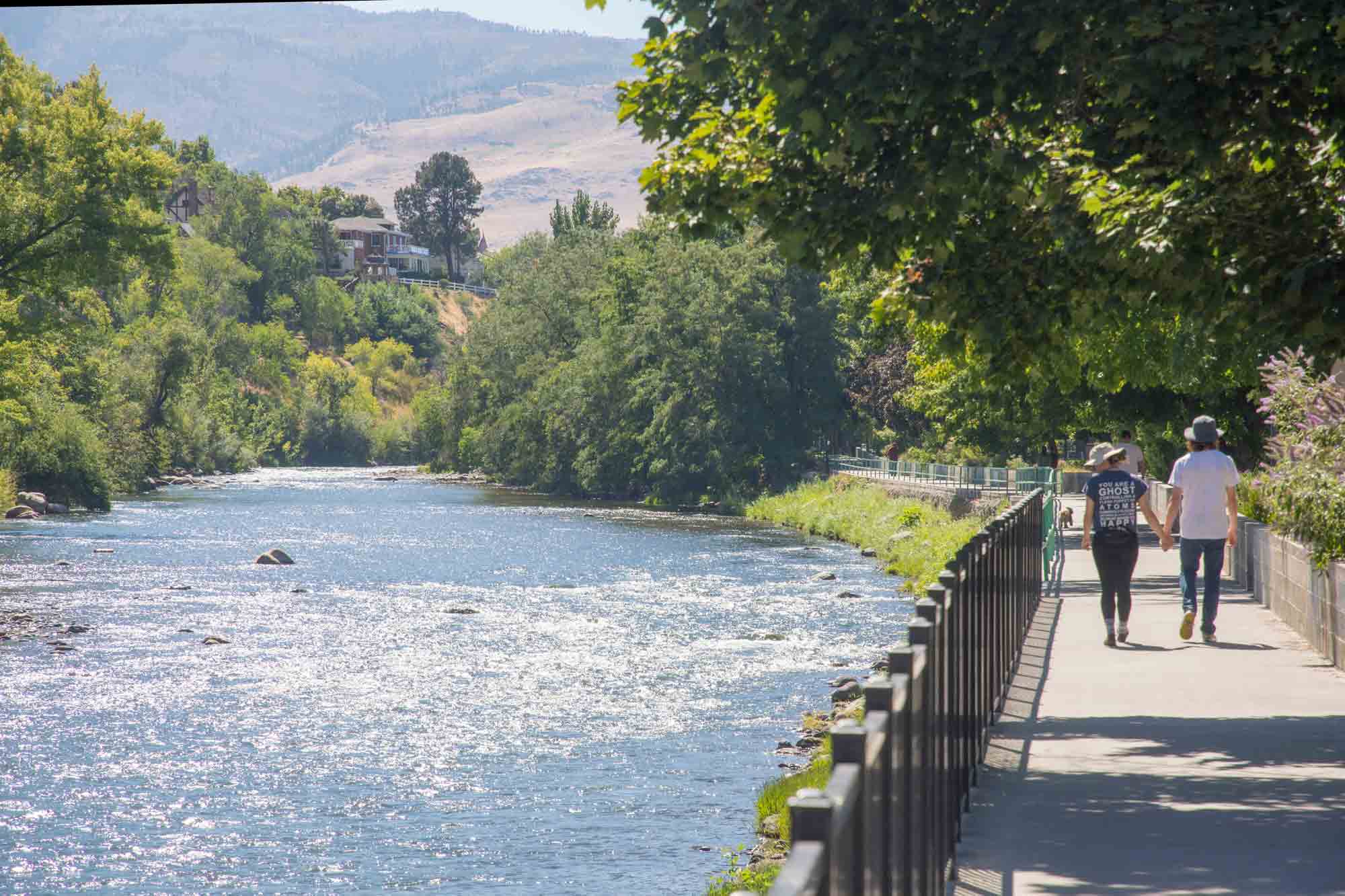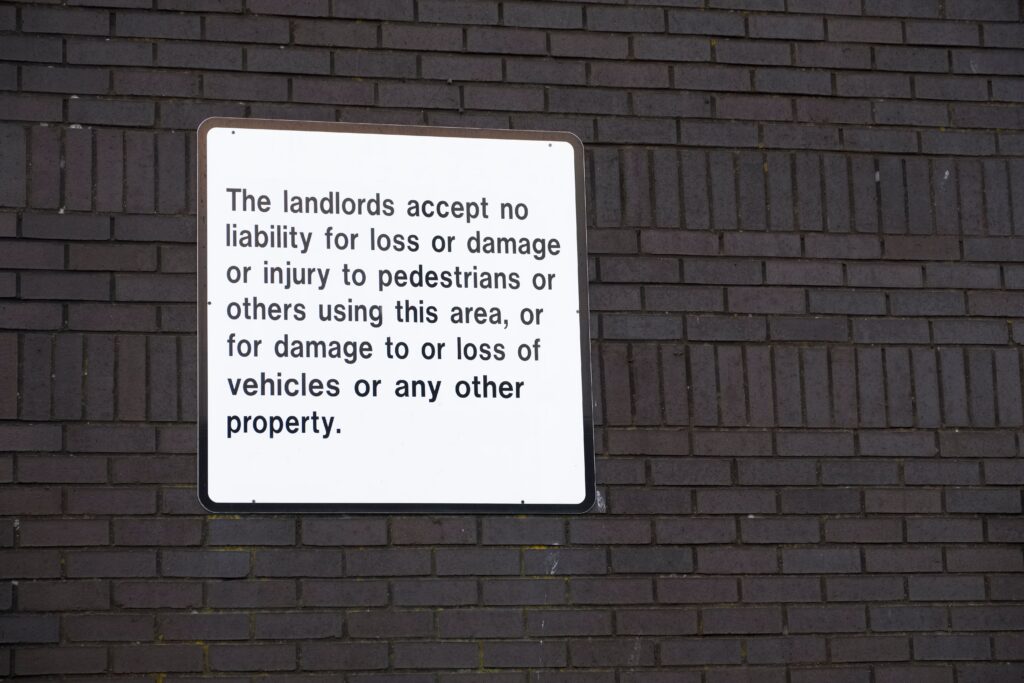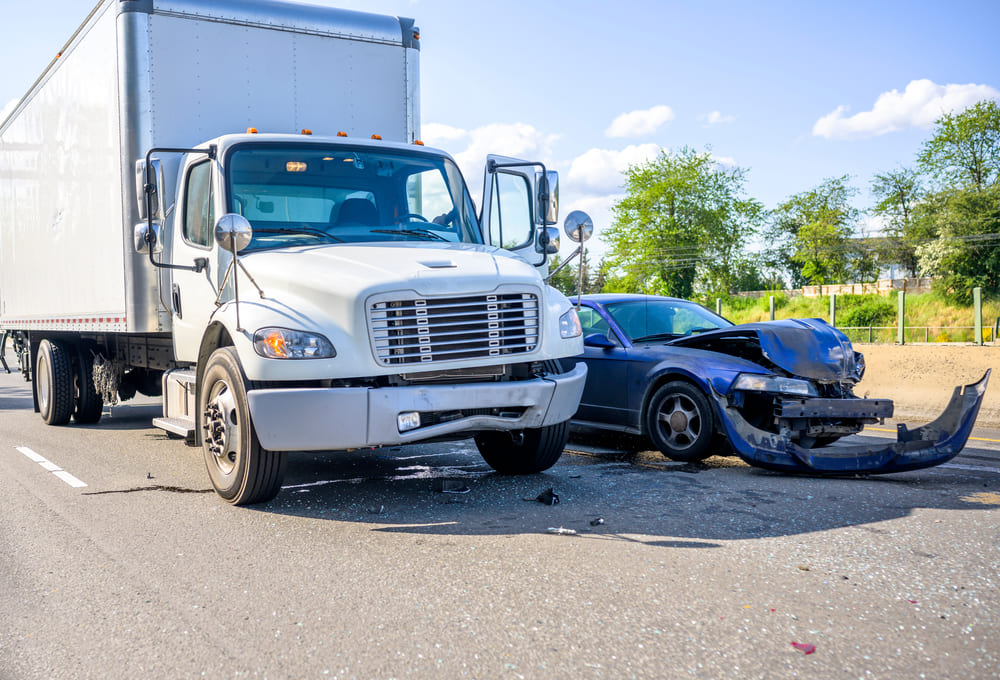As cyclists in Reno, you face unique challenges navigating our city’s busy streets. Whether you’re commuting to work, enjoying recreational rides, or running errands, the anxiety of sharing roads with fast-moving vehicles is real. At Friedman & Throop, we understand these concerns and want to help you stay safe while enjoying the freedom of cycling in the Biggest Little City.
This guide identifies Reno’s most dangerous cycling intersections, explains what makes them hazardous, and provides practical safety advice for navigating these areas. We’ll also highlight the safest cycling routes in our city so you can plan your rides with confidence.
The Most Dangerous Intersections for Cyclists in Reno
#1: US-395/Virginia Street Corridor
The Virginia Street corridor stands as Reno’s most dangerous road for cyclists, with 28 bicycle accidents resulting in 25 injuries over a five-year period. The intersection of Virginia Street and Grove Street is particularly hazardous, recording three injury accidents between 2016 and 2019.
Why it’s dangerous: This heavily trafficked corridor prioritizes vehicle flow with wide lanes and sweeping turns that encourage higher speeds. The design creates significant visibility issues for both drivers and cyclists.
Safety tips for this area:
- Use extra caution when crossing Virginia Street
- Make yourself highly visible with bright clothing and lights
- Consider using parallel streets with less traffic when possible
- If you must ride on Virginia Street, stay as far right as practicable
#2: Moana Lane and Lakeside Drive
This intersection has experienced four bicycle accidents since 2016, including three injuries and one fatality. In April 2019, a 63-year-old cyclist was struck and killed by a driver who failed to yield while making a left turn.
Why it’s dangerous: Poor visibility and complex turning patterns create multiple conflict points between cyclists and vehicles.
Safety tips for this area:
- Assume drivers don’t see you, even when you have the right-of-way
- Use hand signals well in advance of any turns
- Make eye contact with drivers before crossing their path
- Consider dismounting and using pedestrian crosswalks at this particular intersection
#3: Fourth Street Corridor
Fourth Street has proven consistently dangerous for cyclists, with 16 injury accidents recorded during a five-year period. Most of these accidents occurred west of Evans Avenue in downtown Reno.
Why it’s dangerous: The combination of commercial activity, pedestrian traffic, and vehicle congestion creates multiple conflict points for cyclists.
Safety tips for this area:
- Be especially alert for vehicles entering and exiting parking lots and driveways
- Watch for pedestrians who may step into bike lanes unexpectedly
- Consider using the Truckee River path as an alternative when traveling east-west through downtown
- Be particularly cautious during evening hours when visibility is reduced
#4: Kietzke Lane and Mill Street
Kietzke Lane has experienced 19 bicycle accidents over a recent five-year period, with a concentration of incidents at the intersection with Mill Street.
Why it’s dangerous: This major arterial road prioritizes vehicle throughput with multiple lanes and complex turning movements.
Safety tips for this area:
- Use extra caution when traveling through this intersection, especially during rush hour
- Consider alternative routes when possible
- If you must use this intersection, be hyper-aware of vehicles making right turns
- Position yourself to be visible in drivers’ mirrors when stopped at lights
#5: Arlington Avenue
Arlington Avenue presents a concentrated danger zone for cyclists, with eight bicycle accidents occurring along a relatively short 0.7-mile stretch between Fourth Street and California Avenue. Seven intersections along Arlington Avenue have experienced at least one bicycle accident.
Why it’s dangerous: This road provides access to popular cycling routes along the Truckee River Walk and Wingfield Park but has multiple intersections with limited visibility.
Safety tips for this area:
- Watch for vehicles turning onto Arlington from side streets
- Use extra caution at intersections
- Consider using the parallel Truckee River path when possible
- Be especially cautious during weekends when recreational traffic increases
Common Cyclist Mistakes and How to Avoid Them
While drivers are at fault in over half of bicycle-vehicle collisions in Reno, cyclists can reduce their risk by avoiding these common mistakes:
- Riding against traffic: Always ride in the same direction as vehicle traffic. Riding against traffic increases accident risk by up to 300%.
- Ignoring visibility requirements: Nevada law requires cyclists riding at night to have a white light visible from at least 500 feet in front, a red reflector or light visible from 300 feet behind, and reflective material visible from the sides.
- Unpredictable movements: Signal your intentions and maintain a straight, predictable line rather than weaving between lanes or making sudden turns.
- Ignoring traffic signals: Cyclists must obey the same traffic laws as motorists, including stopping at red lights and stop signs.
- Riding too close to parked cars: Maintain at least 3 feet of distance from parked vehicles to avoid “dooring” accidents.
The Safest Places to Cycle in Reno
When planning your routes, consider these safer alternatives:
Truckee River Path System
The Truckee River corridor provides the safest cycling experience in Reno thanks to its dedicated, traffic-separated pathways. The route from Idlewild to Wingfield Park consistently ranks as one of the safest and most enjoyable cycling experiences in Reno.
This approximately one-mile path follows the Truckee River through downtown, offering:
- Complete separation from motor vehicle traffic
- Beautiful river views
- Access to downtown amenities
- Connection to Wingfield Park
For a longer and more suburban experience, the western extension from Idlewild toward Mayberry Park offers extended river views, passage through leafy neighborhoods, and access to Dorostkar Park and the River School Farm.
Southeast Reno
The Southeast Reno area, particularly around Marina Park, offers relatively safe cycling with 45.1 km of connected routes, moderate elevation changes, and lower traffic density than central corridors.
Caughlin Ranch Area
This residential neighborhood provides safer cycling environments with lower speed limits, less congested streets, and 25.4 km of connected routes for intermediate cyclists.
Key Nevada Cycling Laws You Should Know
Understanding your legal rights and responsibilities can help prevent accidents and strengthen your case if you’re injured:
- Three-Foot Rule: Nevada law requires motorists to maintain at least 3 feet of clearance when passing cyclists.
- Same Rights, Same Rules: Cyclists in Nevada must follow the same traffic laws as motor vehicles, including obeying traffic signals and riding in the direction of traffic.
- Lighting Requirements: Cyclists riding at night must have proper lighting: a white front light visible from 500 feet, a red rear reflector visible from 300 feet, and side reflectors visible from 600 feet.
- Sidewalk Restrictions: In Reno’s downtown, riding on sidewalks is prohibited in the central business district.
When to Seek Legal Help After a Car-Bicycle Accident
If you’ve been involved in a bicycle accident in Reno, consider contacting an experienced bicycle accident attorney in these situations:
- You sustained injuries requiring medical treatment
- The driver was clearly negligent (texting, speeding, running a red light)
- The driver fled the scene (hit-and-run collisions account for over 11% of bicycle crashes in Reno)
- You missed work due to your injuries
- The insurance company offers a quick settlement or denies liability
- There are disputes about who was at fault
A skilled bicycle accident attorney can help you:
- Document and preserve evidence from the accident scene
- Communicate with insurance companies on your behalf
- Calculate the full value of your claim, including future medical expenses
- Negotiate a fair settlement or prepare your case for trial if necessary
If you or a friend have recently been in a crash with a car, please see our guide for what to do after a cycling accident.
Safety Resources for Reno Cyclists
Several organizations support safe cycling in Reno and can provide updated route information:
- Reno Bike Project (216 E Grove St): A non-profit organization promoting cycling safety and accessibility
- Truckee Meadows Bicycle Alliance: Advocates for safer cycling infrastructure
- University of Nevada, Reno Bicycle Committee: Organizes group rides to help cyclists learn safe routes
- Kiwanis Bike Program: Provides cycling education and resources
Advocating for Safer Cycling in Reno
While Reno has made strides in improving cycling infrastructure through initiatives like the “Biggest Little Bike Network,” cyclists still face significant challenges navigating our city’s streets. By being aware of high-risk areas, following safety protocols, and knowing your legal rights, you can reduce your risk of being involved in an accident.
At Friedman & Throop, we’re committed to supporting Reno’s cycling community and advocating for safer infrastructure. If you’ve been injured in a bicycle accident, we’re here to help. Contact us today for a free consultation to discuss your case and explore your legal options.
Remember: Your safety matters, and you have the right to ride safely on Reno’s roads.



